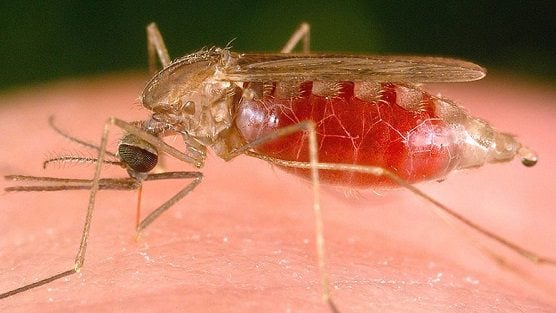The first local outbreak of malaria in 20 years has been reported in Florida and Texas, according to the Centers for Disease Control and Prevention (CDC).
On Monday, the CDC issued an urgent health advisory, confirming the first local outbreak of Malaria in the United States in over 20 years. Locally acquired cases of Plasmodium vivax malaria have been identified in Florida and Texas, prompting concerns of a possible resurgence.
Over the last two months, four cases have emerged in Florida, with a single case reported in Texas. There is no current evidence suggesting a connection between the cases in the two states.
All of the malaria patients are receiving treatment and showing signs of improvement.
These are the first instances of locally acquired mosquito-borne malaria in the United States since 2003, when eight cases were identified in Palm Beach County, Florida. Despite the recent incidents, the risk of locally acquired malaria remains extremely low in the United States, according to CDC.
Malaria is primarily transmitted through the bite of an infective female Anopheles mosquito. Despite being relatively rare, transmission can also occur through mother-to-fetus, blood transfusion, organ transplantation, and unsafe needle-sharing practices.
Signs and symptoms of malaria can be nonspecific but generally include fever, chills, headache, body aches, and fatigue. These symptoms usually appear within 10 days to 4 weeks of infection. If not treated promptly, malaria may progress to severe disease and can become life-threatening.
CDC is urging the public to take steps to prevent mosquito bites and control mosquito populations at home to protect against mosquito-borne illnesses.
The recent emergence of locally acquired cases of malaria in Florida and Texas has fueled discussions across social media platforms due to the coincidental link between these two states and the release of genetically modified (GM) mosquitoes.
According to CDC, “Ae. aegypti mosquitoes can be genetically modified and used to control other Ae. aegypti mosquitoes in a community. In the United States, the U.S. Environmental Protection Agency (EPA) has authorized use of OX5034 GM Ae. aegypti mosquitoes for release in counties in Florida and Texas.”
14. The new soon-to-be “safe and effective” BioNTech vaccine began clinical trials in December 2022. It will without a doubt get FDA approval.
—
BioNTech is funded in part by the Bill and Melinda Gates Foundationhttps://t.co/O8fXy77ltR— TexasLindsay™ (@TexasLindsay_) June 28, 2023
However, the CDC already debunked this speculation claiming, “The EPA evaluated the potential risk of releasing GM mosquitoes into communities and determined that there is no risk to people, animals, or the environment.”
Also, another speculation is that illegal immigrants who were not tested at the border are bringing malaria into US communities.
